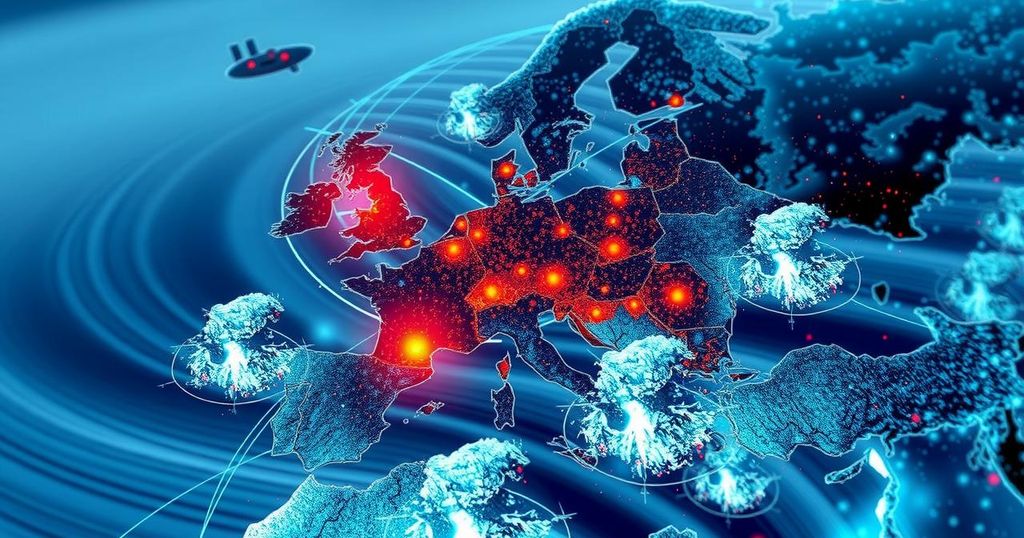Enhancing Weather Forecasting: The Role of AI in Tackling Climate Challenges

Artificial intelligence is enhancing traditional weather forecasting by enabling faster, more accurate predictions, particularly in developing countries. Collaborations between organizations like the Kenya Meteorological Department and leading AI institutions aim to improve local forecasts and disaster response capabilities in the face of increasing extreme weather due to climate change. The shift towards AI is reshaping meteorology, offering significant potential to save lives and improve resource allocation during emergencies.
Traditional weather forecasting relies heavily on numerical weather prediction, a computer-intensive method that can be slow and expensive. This complexity often leaves developing countries, like Kenya, at a disadvantage, compelling meteorologists to utilize mainly open-source data for their analyses. However, advancements in artificial intelligence are revolutionizing this field, enabling faster and more accurate weather predictions. AI technologies employ machine learning to analyze extensive datasets, allowing meteorologists to provide timely updates and enhance decision-making, particularly in response to increasing extreme weather events linked to climate change.
In Kenya, meteorologist Hannah Wangari and her team have commenced utilizing AI-driven models in collaboration with prominent institutions such as Oxford University, Google, and the World Food Programme. These models enhance predictive accuracy regarding extreme weather events, creating probabilistic forecasts that are crucial for timely responses to potential disasters. With the rapid generation of forecasts, authorities can better plan evacuations and allocate resources appropriately, thereby minimizing the impact of severe weather conditions on communities.
Significantly, AI models also demonstrate higher accuracy than traditional forecasting methods, as evidenced by recent predictions of hurricane paths and local weather conditions. The increased efficiency of AI tools enables the Kenya Meteorological Department to tailor forecasts according to specific regional needs, ultimately leading to a better-informed public and quicker responses to impending disasters.
Traditional weather forecasting methods depend on numerical weather predictions, which require significant computational resources and time. This method is particularly resource-intensive, deterring many developing nations from accessing advanced forecasts. Consequently, countries like Kenya tend to analyze open-source data to anticipate weather patterns. With climate change exacerbating the frequency and intensity of weather extremes, there is a growing imperative for rapid and precise forecasting capabilities. AI’s ability to process vast historical datasets and generate forecasts in mere minutes presents a transformative opportunity in meteorology.
The integration of artificial intelligence into weather forecasting presents a promising solution to the limitations of traditional methods, particularly in developing regions. By facilitating timely, accurate forecasts, AI tools directly contribute to enhancing climate resilience among vulnerable populations. While challenges remain regarding their application in predicting rare catastrophic events, the overall trajectory suggests that AI will significantly bolster meteorological capabilities, ultimately leading to improved disaster preparedness and public safety.
Original Source: grist.org





